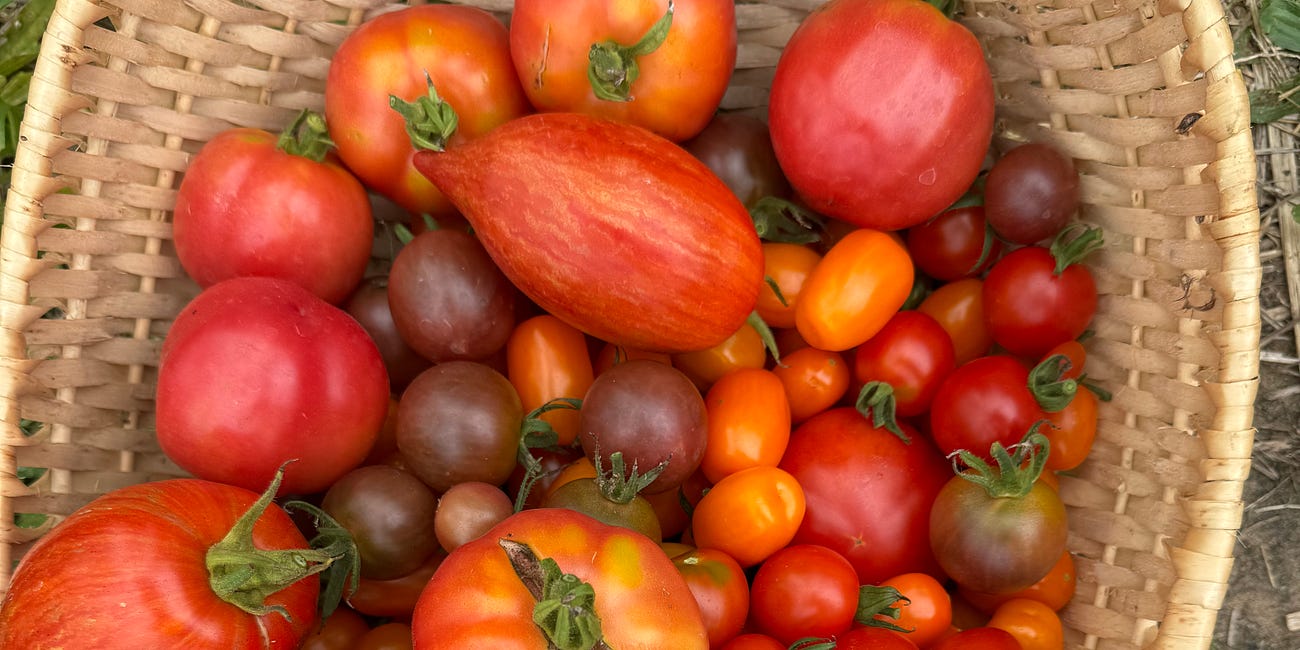In my last post, I mentioned that animist forest circles is returning. I also shared a bit of my perspective on why time off from paid work is really time “on” in some more universal, cosmic sense. And how, when we’re in situations where we can afford to do so, we can use this time to intentionally shape our capacity to give our unique gifts.
However, I …
Keep reading with a 7-day free trial
Subscribe to Other Ways of Being to keep reading this post and get 7 days of free access to the full post archives.





